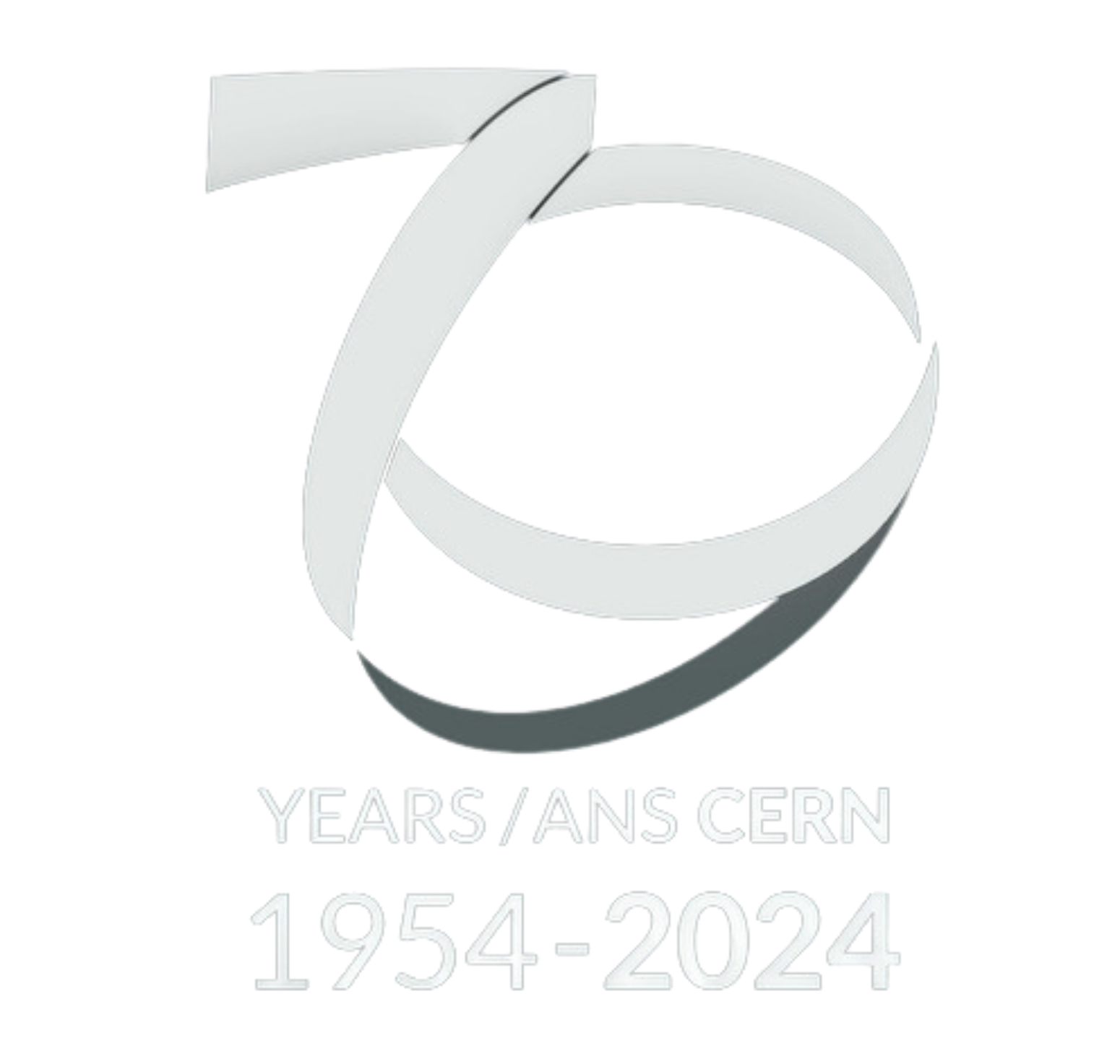Curiosity and the pursuit of scientific knowledge are the foundations upon which CERN was founded. When the Laboratory first opened its doors in 1954, the understanding of the subatomic world was far from complete. Today, we know that all visible matter in the Universe is composed of a remarkably small number of particles, governed by four fundamental forces. CERN has played a vital role in this adventure.
Throughout the 1960s, theories were advanced to explain two forces – the weak force and the electromagnetic force – in the same framework. In the 1970s, a CERN experiment brought the first experimental evidence for these ideas and, in the 1980s, the discovery of the W and Z particles – carriers of the weak force – at the Large Electron-Positron (LEP) collider brought confirmation of the theory. CERN researchers Simon van der Meer and Carlo Rubbia shared the Nobel Prize in physics for this discovery the following year.
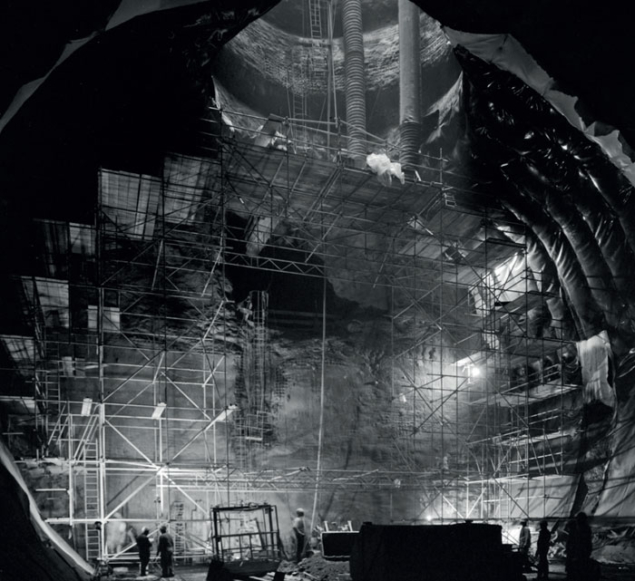
experimental hall for a detector in February 1980.
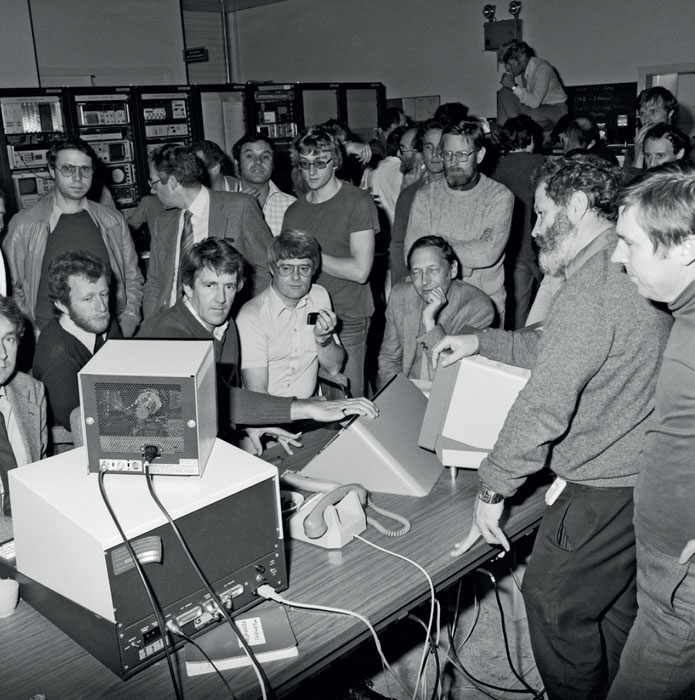
Throughout the 1990s, CERN experiments designed in the light of this discovery tested the so-called electroweak theory with extreme precision, putting it on solid experimental ground. In 2010, the Large Hadron Collider (LHC) started to provide particle collisions in a new high-energy domain, leading to the discovery at CERN of a Higgs boson in 2012 – long sought as the particle linked to the mechanism that gives mass to elementary particles.

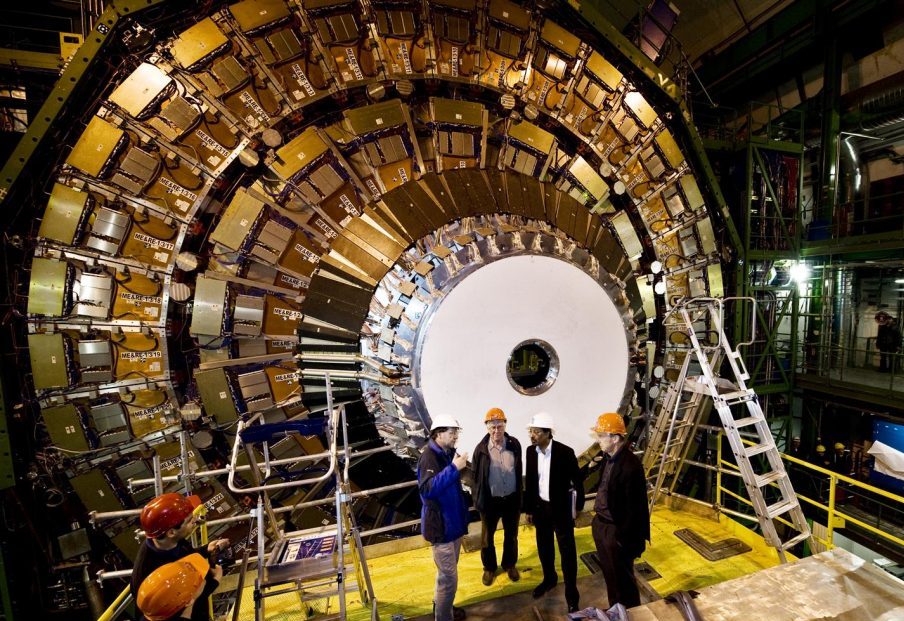
CERN’s legacy of discovery extends beyond those listed above. Included in its diverse scientific portfolio is the pioneering observation of the quark-gluon plasma (QGP) at the Super Proton Synchrotron (SPS). This exotic state of matter, characterised by free-roaming quarks instead of those confined within protons and neutrons, is currently studied by all four large experiments at the LHC through detailed studies of heavy nuclei collisions.

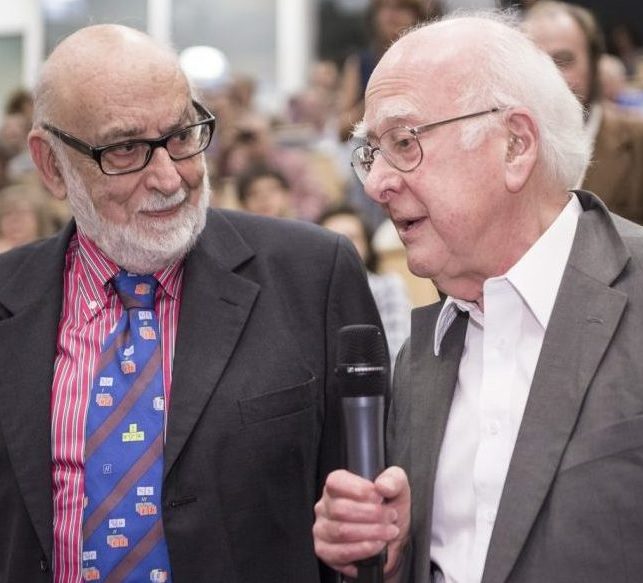
Have we reached the end of the road in understanding nature? Far from it.
The coming years and decades will see some exciting developments in accelerator technology with the high-luminosity upgrade of the Large Hadron Collider (HL-LHC), which aims to to crank up the performance of the LHC after 2029. The HL-LHC will allow physicists to study known mechanisms, such as the Higgs boson, in much greater detail and to observe rare new phenomena that might be revealed.
Read more:
